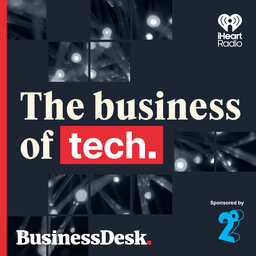Unlocking the middleverse: The Publicis playbook for the next wave of digital advertising
As chief data officer for Australia and New Zealand at Publicis Groupe, Maurice Riley stands at the intersection of data, technology, and advertising strategy.
On this week’s episode of The Business of Tech, Riley outlined the trends reshaping the advertising industry, highlighted the growing importance of the "middleverse" in customer journeys, especially during sluggish economic times, and offered practical advice for New Zealand businesses navigating the evolving digital landscape.
Riley describes the last decade as a period of profound change, with advertising becoming "100% data-driven”. While the tools have evolved from direct mail lists and census data to sophisticated digital signals, the core objective remains: using data to unlock insights that connect brands with their audiences.
“It's an old cliche, but we like to say data is just people in disguise,” Riley told me.
“Now we just have that in a different form with a whole bunch more signals at our disposal to wheel together to get to that unlock, that insight that unlocks a great creative idea or make sure that we're getting to the prospects and the humans that we want to reach."
Listen to episode 102 of The Business of Tech for the full interview with Publicis Groupe's Maurice Riley. Plus, Sir Peter Beck's provocative challenge to New Zealand - aim to capture 10% of the global space industry, which would amount to a $230 billion share of the pie in a decade's time!
 The Business of Tech
The Business of Tech


